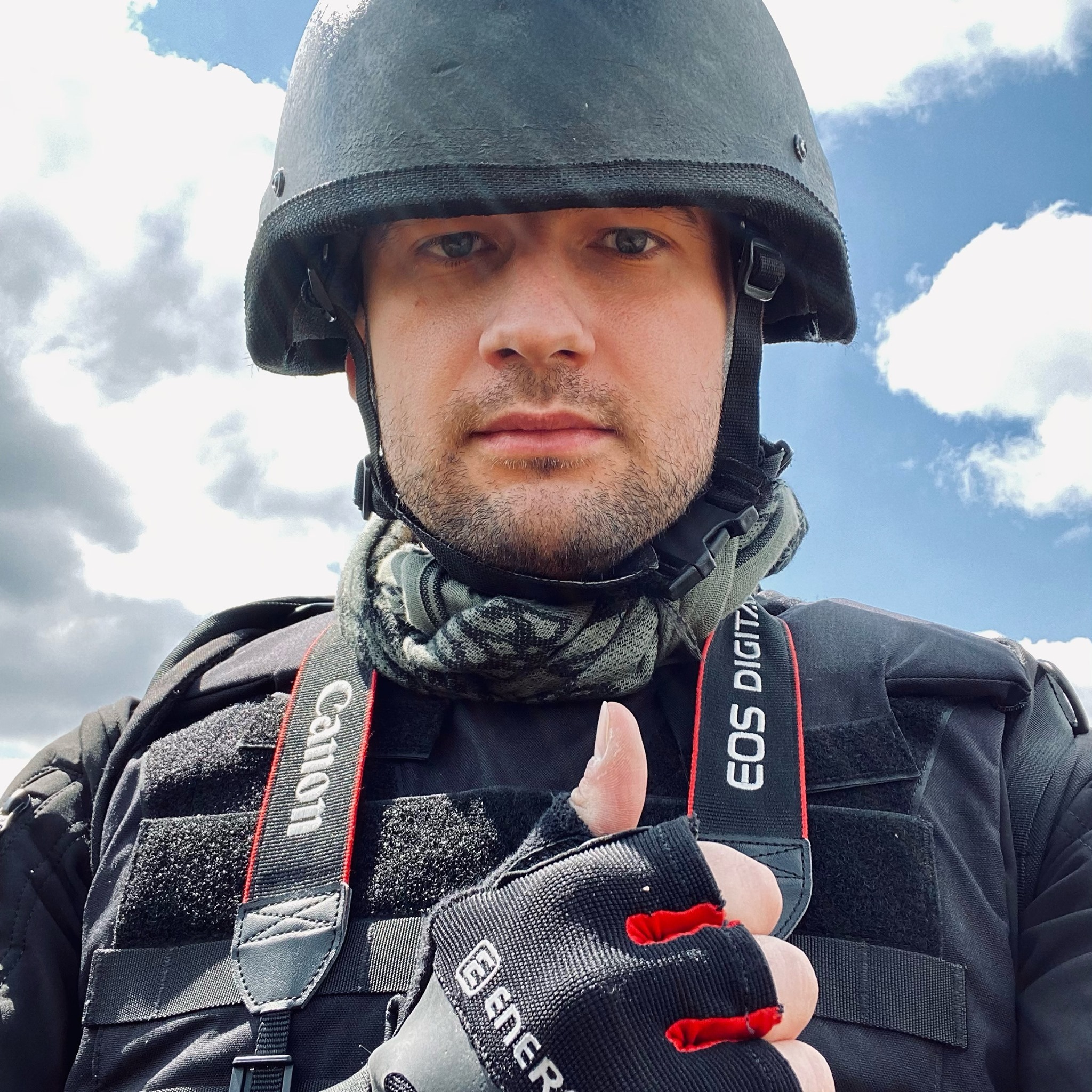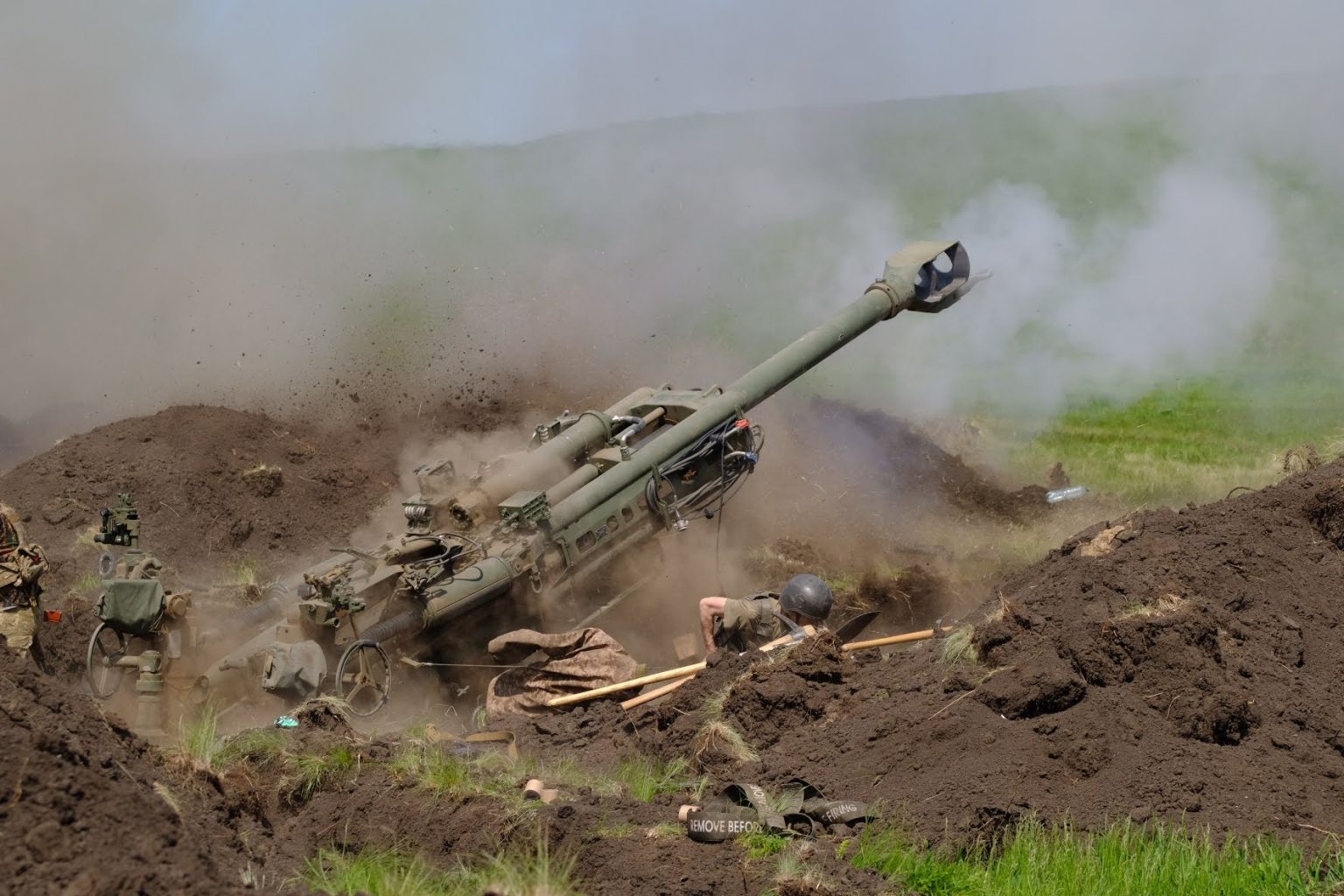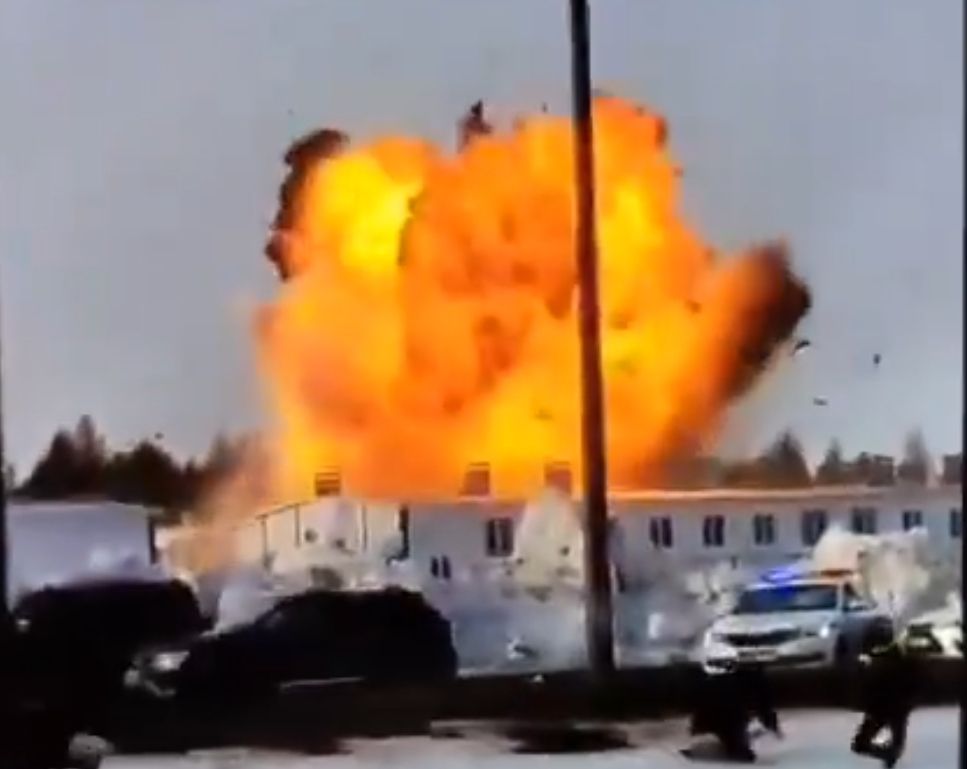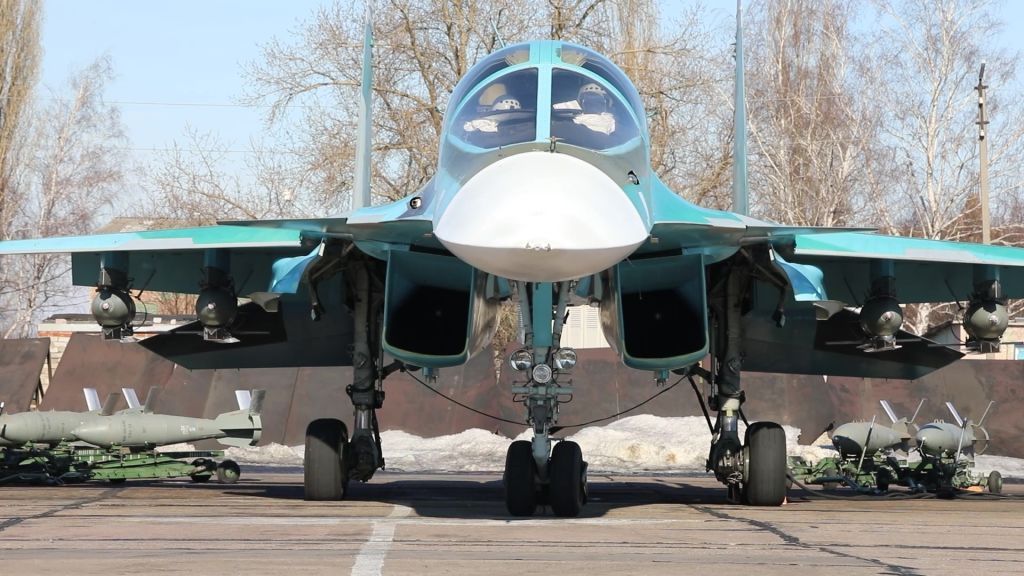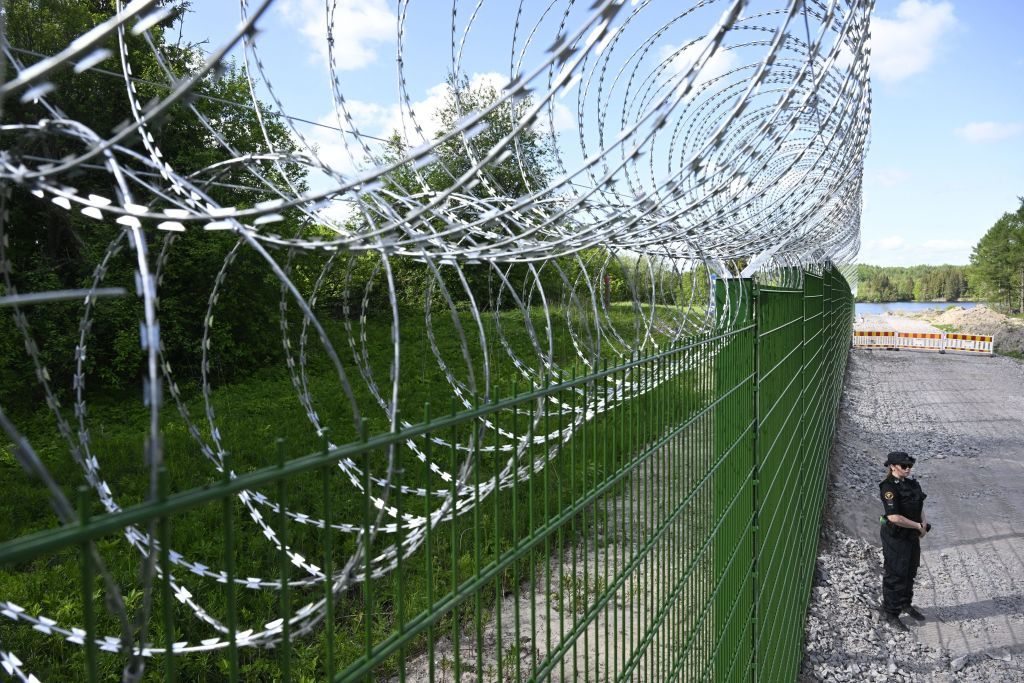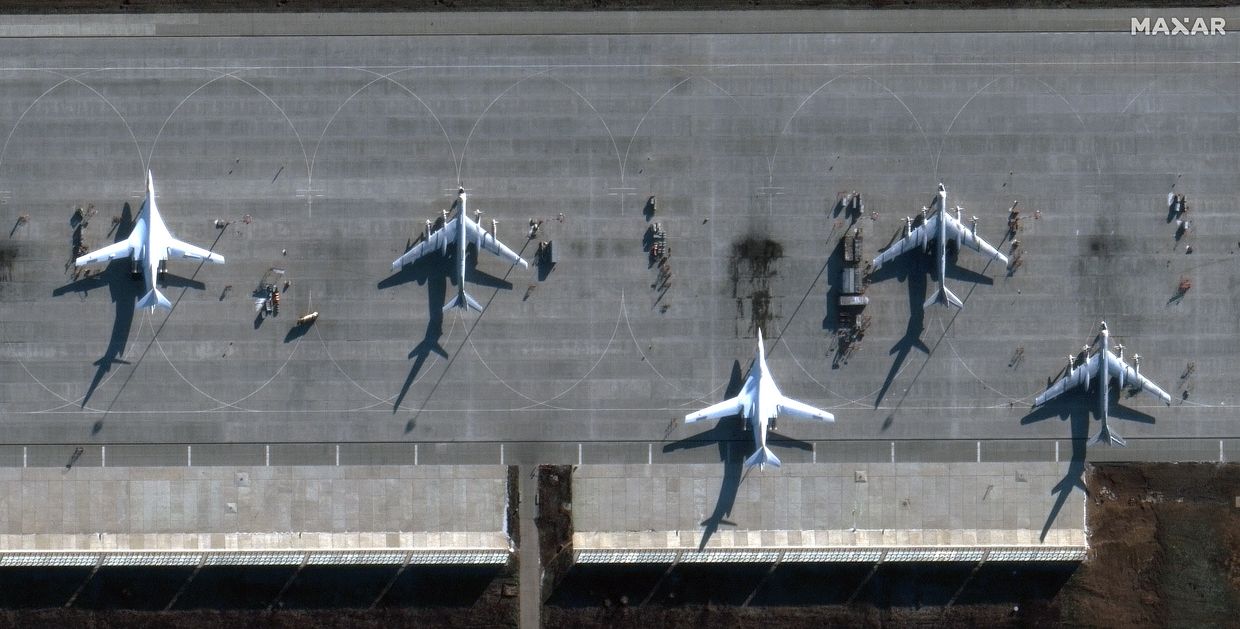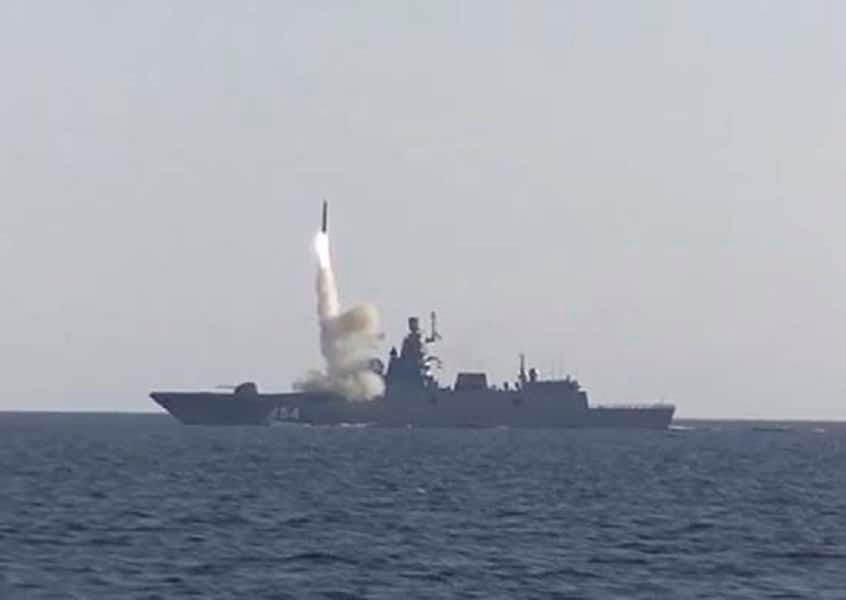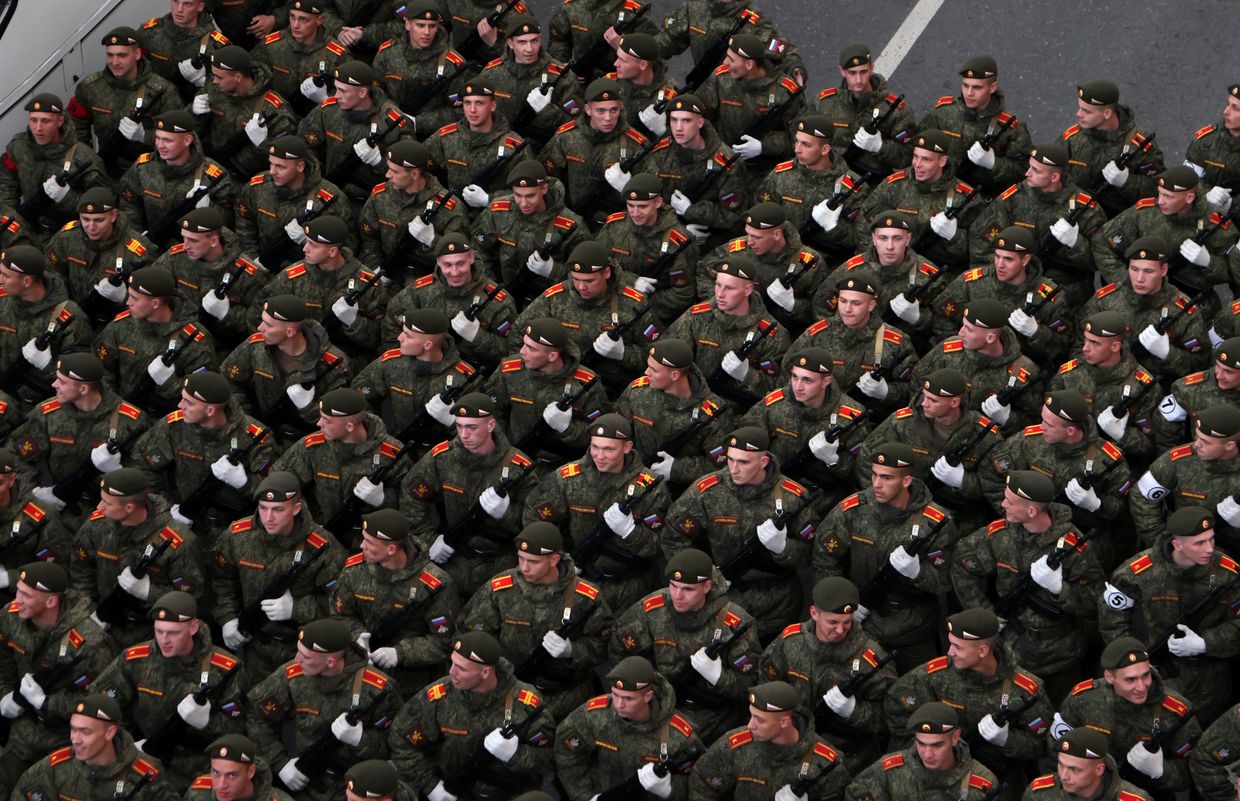“Artillery sweat saves infantry blood.”
The Ukrainian military has this saying for a reason.
It has been weeks since Ukraine began to ask desperately for heavy western weaponry, particularly advanced tubed and rocket artillery, as part of an effort to turn the tide of Russia’s invasion, which is not going too well for Kyiv.
Despite much deliberation in the West, there seemed to be a drastic shift after the U.S. approved the transfer of a number of M142 HIMARS multiple launch rocket systems to Ukraine in late May.
The HIMARS and their munitions are expected to be part of a new $700 million aid package that also includes a lot more hardware, such as counter-fire radars, new FGM-148 Javelin anti-tank weapons, artillery rounds, vehicles, and spare parts.
Moreover, as it became known on June 1, the United Kingdom also requested the U.S. give the green light to provide Ukraine with M270, an even heavier and more advanced rocket system produced in the U.S.
The U.S. supply follows a series of advanced tubed artillery transfers, particularly 155-millimeter M777 howitzers, a new holy grail to Ukraine’s military community that has already been deployed to war zones.
Ukraine is hoping for a break.
New towed and rocket pieces, if delivered quickly and in large quantities, are expected to become the war’s key game-changer.
As the military says, massive supplies will not only help suppress dominating Russian field artillery, the key factor behind its battlefield gains, but also pave the way for an ambitious Ukrainian counteroffensive.
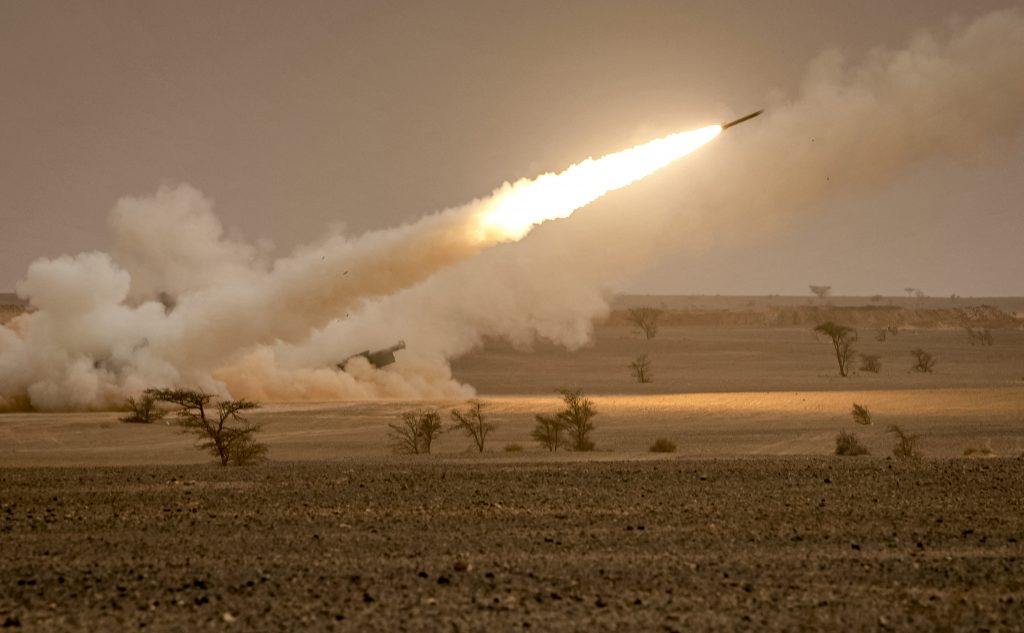
New caliber
Gone are the days when field artillery did its job by way of the overwhelming might of massive and wide barrages as it did during World War II.
The era of drones and advanced target-marking and reconnaissance have made it a much smarter, more precise, and pinpoint tool.
Its role in modern combined arms warfare has increased a lot as well. According to Ukrainian specialists polled by the Kyiv Independent, tactical artillery may constitute up to 70% of a large unit’s firepower in all-out combat.
In this regard, the Russian-Ukrainian war of 2022 is a peak moment of Soviet-made artillery, both tubed and rocket.
The ongoing Battle of Donbas, as a large-scale combined arms action, clearly shows that, quite predictably, Russia enjoys a tangible advantage in terms of the number of artillery pieces deployed.
Ukraine and Russia both rely on old Soviet-standard artillery rounds, mostly 122- and 152-millimeter calibers, but numerical superiority is crucial. Russia, the main successor of old Soviet depots, enjoys a nearly unlimited stockpile of rounds.
Read also: ‘Welcome to hell’: Ukrainian airborne fighting Russia in Donbas woods
This upper hand is largely the reason behind Russia’s many dangerous territorial gains, particularly in the Donbas.
At the core of its battlefield tactics, Russian artillery devastates everything in front of its advancing groupings, be it Ukrainian lines or populated cities. Then it lets the infantry advance through smoldering ruins.
Russian forces used this tactic in the Ukrainian cities like Mariupol, Volnovakha, and Popasna, which have ceased to exist as human settlements, being heavily ruined or even razed to the ground.
Russia's artillery losses, however, are huge as well.
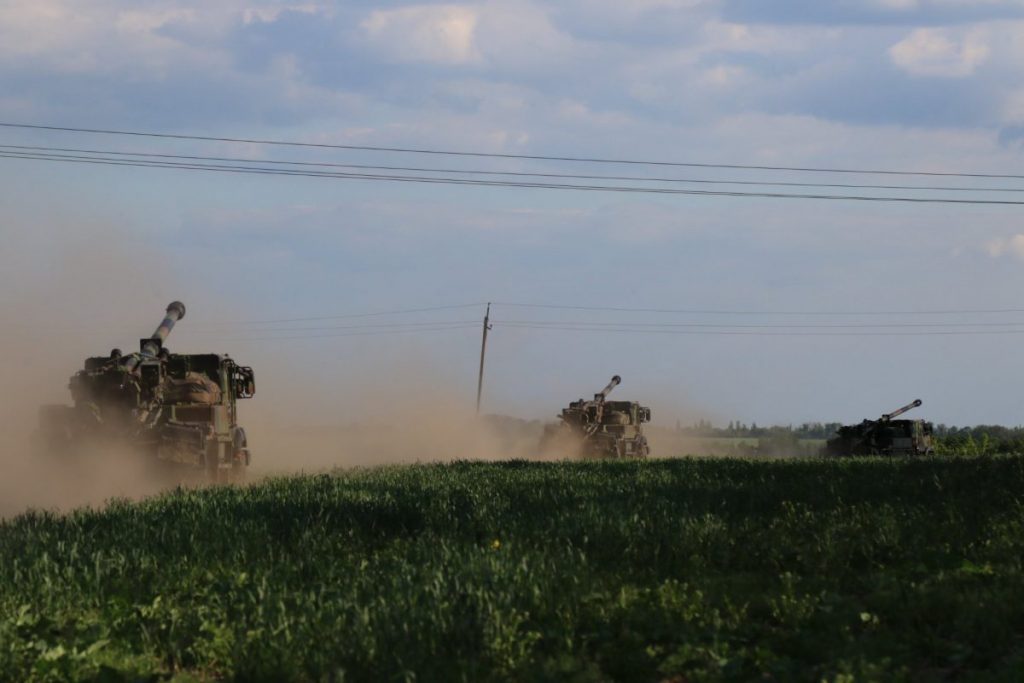
According to Oryx, an online investigations project, as of June 1, Russia has lost at least 13 heavy 120-millimeter mortars, at least 61 towed pieces (including 152-millimeter 2A65 Msta-B howitzers), 121 self-propelled pieces (including heavy 152-millimeter 2S19 Msta-S) and at least 69 multiple launch rocket systems (MLRS).
A large percentage of lost units were captured by Ukraine.
But Ukraine’s military falls far behind in terms of quantities of artillery and rocket pieces in the field, as well as in terms of munitions available. According to multiple reports from the war zone of Donbas, Russia's expenditure on munitions in combat is several times bigger than that of Ukraine's.
Now that Russia's all-out war has entered its fourth month, Ukraine is struggling with munitions shortage. Especially when it comes to Soviet-made multiple launch rocket systems like 220-millimeter BM-27 Uragan and 300-millimeter BM-30 Smerch.
Supplies of old Soviet-standard 122- and 152-millimeter rounds from former Warsaw Pact nations in Europe do not fully compensate for the widening shortage.
According to the Ukrainian command, the solution is to acquire large quantities of heavy Western artillery — more advanced, effective, and smarter than Russia’s Soviet-made pieces. This inevitably means that Ukraine needs to adopt NATO’s 155-millimeter caliber along with the dwindling Soviet 152-millimeter.
Ukraine’s long-lasting project of switching to NATO rounds as part of its defense reform to gain full compatibility with the Alliance has accelerated by the needs of war.
Western howitzers generally outstrip older Soviet 152-millimeter pieces in terms of effective range, depending on the sort of rounds used.
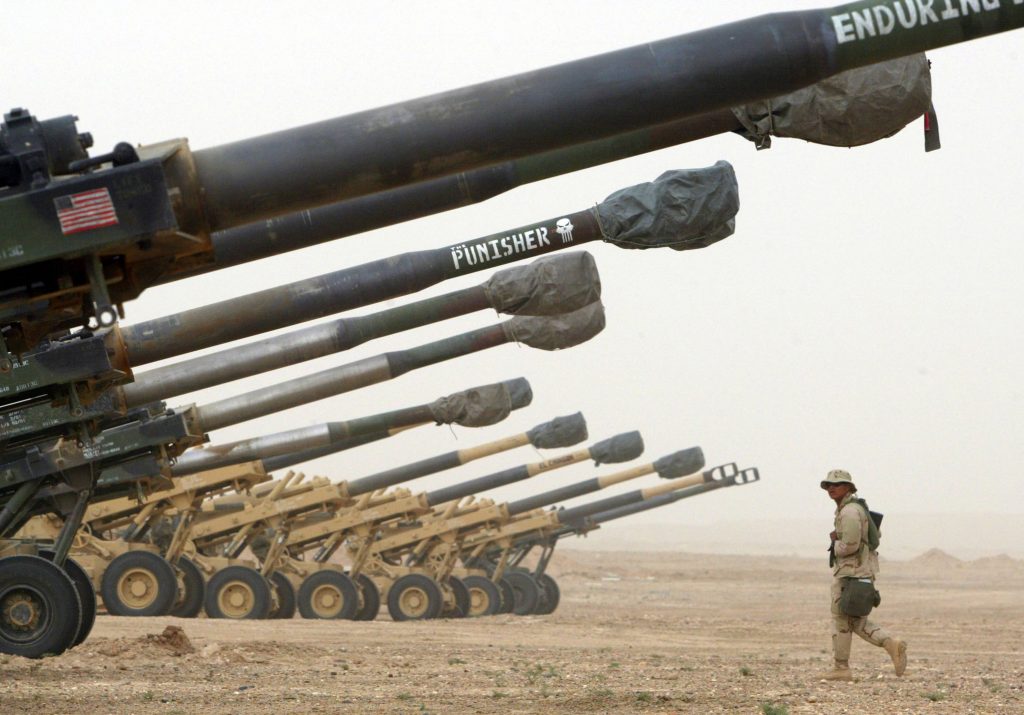
The 155-millimeter M777, over 100 pieces of which Ukraine has already received from Canada, Australia, and the U.S., has an effective range of 22.5 kilometers (with M795 rounds), or more than 30 kilometers (with M549A1 rounds). Ukraine was also provided with a number of M982 Excalibur guided shells for the M777A2 version, with an effective range of 40 kilometers.
At the same time, merely comparable Soviet-made 152-millimeter towed 2А65 Msta-B has a maximum range of 24.7 kilometers (with a usual HE projectile) and the maximum range of 28.5 kilometers with an enhanced round.
Read also: Russia’s offensive in Donbas bogs down
The French-provided CAESAR has an effective range of up to 41 kilometers with an ERFB round and almost 50 kilometers with an Excalibur. A close Soviet counterpart 2S5 Giatsint-S has an estimated maximum of only 33 kilometers.
Ukraine’s munitions shortage should be satisfied with extensive Western supplies: Canada and the U.S. alone have pledged to send a total of 220,000 rounds so far. The latest U.S. aid package alone includes 15,000 rounds.
Ukraine, at the same time, still does not have a facility to manufacture large quantities of artillery rounds of neither Soviet nor NATO caliber.
Ukraine’s military has, however, proved to be effective in operating what it has in the field, despite shortages.
Unfortunately, the U.S. has decided to provide Ukraine with M777A2s featuring no digitalized network fire control systems, probably due to fears of such complex technology potentially being seized by Russians in combat.
But the Battle of Donbas has continuously demonstrated Ukraine’s superiority in terms of reconnaissance drones on the battlefield and the use of counter-artillery radars, particularly U.S.-made AN/TPQ systems. The new U.S. aid package also includes five new radars.
Older Soviet pieces like Msta-B are still operated via far less effective mechanical fire control systems, although Russia is also using surveillance drone data for target indication.
When it comes to heavy self-propelled pieces, even Russians admit the obsoleteness of the Soviet 152-millimeter 2S19 Msta-S howitzer compared to modernized U.S.-made M109s or German PzH 2000.
A Russian attempt to keep up with the West, 2S35 Koalitsiya-SV weapons, which have been demonstrated by the Kremlin at World War II Victory Day parades for years, has not yet started replacing older pieces in combat.
Andriy Zagorodnyuk: ‘Those who say Ukraine can’t win don’t understand the situation’
All the advantages of the Western weapons combined together are expected to effectively suppress the Russian artillery and push it back beyond the distance from which it can deliver massive fire upon Ukrainian lines.
By June, Ukraine had acquired a number of 155-millimeter pieces, many of which have already been confirmed to be in use in Donbas. Norway has already donated a reported 20 M109A3GN pieces, while Germany and the Netherlands have sent 12 PhZ 2000s.
France, against expectations, has already sent CAESARs, 12 pieces, according to media reports, which have already seen combat. France is expected to send more. Nearly 30 Dana/Dana M2s are coming from the Czech Republic, and a number of FH.70s have been provided by Italy and Estonia.
On June 2, Ukraine also signed a contract to get eight modernized howitzers Zuzana 2s, while Poland has committed to manufacturing a total of 60 AHS Krab howitzers in the coming months.
All of them will be united under the use of the universal NATO caliber of 155 millimeters.
As Austria-based warfare expert Tom Cooper said on June 1 that “by July or August the Ukrainian army is going to have one of most potent artillery corps in Europe, at least by standards from before Feb. 24, 2022.”

Limited supply
When it comes to rocket systems from the West, namely M142 HIMARS and M270 MLRS, their technical advantage over the Soviet/Russian systems gives Ukraine hope to give a fight to dominating Russian systems Smerch and Uragan.
The White House is believed to have approved the first trial batch of four M142 systems and a number of M30/31 rockets with an effective range of 70 kilometers. The U.S. gave in to Russian threats of “escalation” and assured, with Ukrainian consent, that it will not provide Kyiv with rockets able “to target Russian territory.”
This means that the U.S. has refused, at least publicly, to provide Ukraine with an MGM-140 ATACMS surface-to-surface missile with a maximum range of 300 kilometers — which turns an M142 into a tactical ballistic missile system like the notorious Russian systems Iskander-M that have been devastating Ukraine.
However, according to the Ukrainian authorities, even at 70 kilometers, HIMARSs are capable of making a difference in combat. Even with M30/31 rockets, they exceed Russian BM-27 Uragan (28.5 kilometers), although are still exceeded by BM-30 Smerch and Tornado-S (up to 70-120 kilometers).
But even in this case, Ukraine has big plans on using HIMARS to combat Russian rocket systems and also target Russian command and control units and communications deep in its rear.
For instance, if deployed to eastern Kharkiv Oblast, HIMARS will be capable of compromising vital Russian ground lines of communication coming from Russia’s Belgorod Oblast south via Ukraine’s Kupyansk and further to Izium, the key Russian axis against the Donbas.
They could also provide serious support to Ukraine’s offensive in southern Kherson Oblast, where the Ukrainian military recently crossed the Inhulets River and gained a steady foothold.
As for 227-millimeter M270 systems expected from the U.K., it remains to be seen how many systems and what kind of rockets Britain will be ready to provide, be it M30/31 rockets (up to 70 kilometers) or ATACMS versions with a range of over 160 to 300 kilometers.
Germany is also reportedly ready to send at least four MARS II pieces, which is a modified German M270 version, but nothing else is known so far.
Either way, according to the Ukrainian military, the key behind successful assistance is the swift and massive supply of both artillery and rocket systems — otherwise, sending little quantities over a prolonged period of time will simply not have the necessary effect of repelling Russian advancements.
